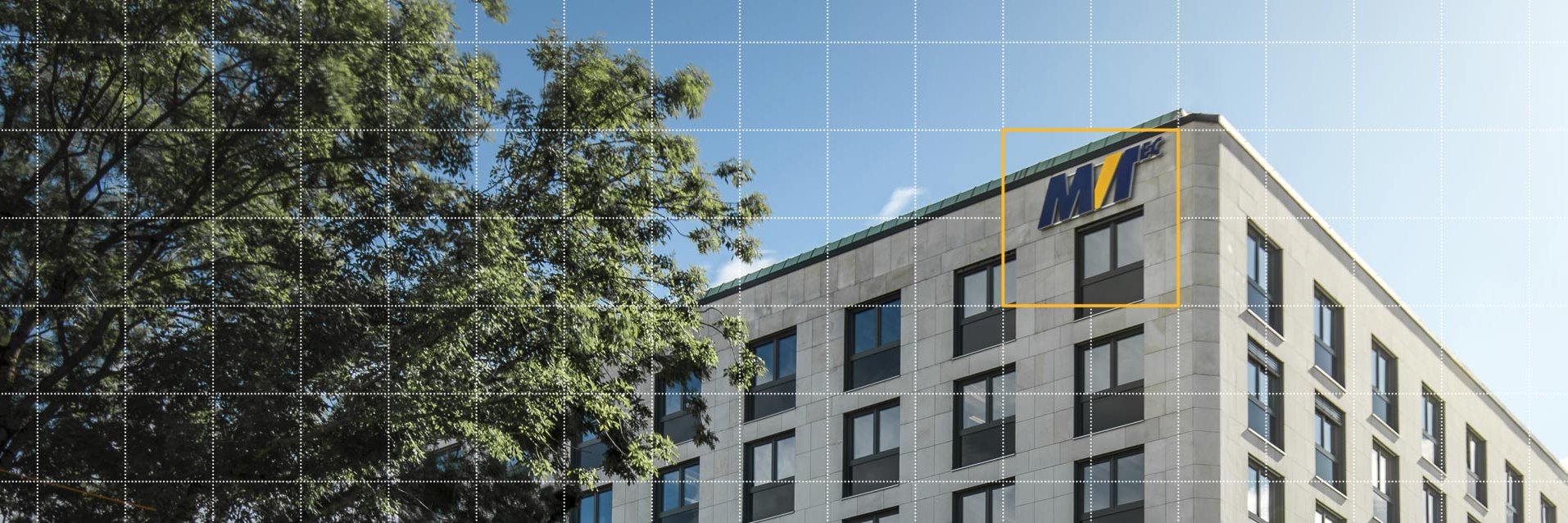
The MVTec logical constraints anomaly detection dataset (MVTec LOCO AD)
The MVTec logical constraints anomaly detection (MVTec LOCO AD) dataset is intended for the evaluation of unsupervised anomaly localization algorithms. The dataset includes both structural and logical anomalies. It contains 3644 images from five different categories inspired by real-world industrial inspection scenarios. Structural anomalies appear as scratches, dents, or contaminations in the manufactured products. Logical anomalies violate underlying constraints, e.g., a permissible object being present in an invalid location or a required object not being present at all. The dataset also includes pixel-precise ground truth data for each anomalous region.
More information can be found in our corresponding paper titled "Beyond Dents and Scratches: Logical Constraints in Unsupervised Anomaly Detection and Localization".

Dataset download:
Evaluation Code
In order to ensure a fair and consistent comparison of new and existing methods on our dataset, we provide python scripts that allow an easy evaluation. For details on how to use the script, please have a look at the included readme file. For details on the metrics used for the evaluation we refer to our corresponding paper.
Please note: License terms & attribution
The data is released under the Creative Commons Attribution-NonCommercial-ShareAlike 4.0 International License (CC BY-NC-SA 4.0). In particular, it is not allowed to use the dataset for commercial purposes. If you are unsure whether or not your application violates the non-commercial use clause of the license, please contact us.
If you have any questions or comments about the dataset, feel free to contact us via email.
If you use this dataset in scientific work, please cite our paper:
Paul Bergmann, Kilian Batzner, Michael Fauser, David Sattlegger, Carsten Steger: Beyond Dents and Scratches: Logical Constraints in Unsupervised Anomaly Detection and Localization; in: International Journal of Computer Vision, 2022, DOI: 10.1007/s11263-022-01578-9.
